Battle of Brisbane: Inside story on little known part of Queensland history
The underlying reasons for The Battle of Brisbane remain in contention to this day, 80 years after the event that left the city’s streets a bloodbath of seething racism, sexism and violence

Brisbane News
Don't miss out on the headlines from Brisbane News. Followed categories will be added to My News.
It is a little known but rather intriguing fact of Queensland history that, 10 weeks before World War II American and Australian servicemen began beating each other senseless in the streets of the state capital, Brisbane’s Lord Mayor formerly kicked off “The Battle of Brisbane’’.
Poor old Sir John Beals Chandler. The hugely successful politician and businessman behind that string of Chandler stores which dotted Brisbane and regional Queensland for many years had the very best of intentions.
Sir John, who also founded Brisbane radio station 4BC and served as mayor from 1940 to 1952, had no idea that the official title for his worthy wartime fundraising effort which he launched in September 1942, pitting different Brisbane suburbs against one another to encourage maximum donations, would live on in infamy as the sobriquet for one of the more dishonourable and, frankly, embarrassing episodes of World War II.

We remember it this week because it started on November 26 on the corner of Creek and Adelaide streets and continued for at least the next 48 hours.
History remains largely silent on the results of Sir John’s admiral fundraising effort, officially titled “The Patriotic Battle of Brisbane’’.
History has never shut up about the real “Battle of Brisbane,’’ producing fascinating books and academic papers which will almost certainly continue in future decades.
Why? Well that battle which left one man dead and more than a dozen seriously wounded has a range of fascinating explanations and interpretations including raw tribalism, racism and what we might now term “patriarchal’’ attitudes towards women.
Australians have largely accepted that the controversial incident was suppressed by wartime censorship but that has turned out to be largely a myth, much like the Australian media’s supposed cover-up of the February 1942 Japanese bombing of Darwin which was, in fact, widely reported by Australian newspapers.
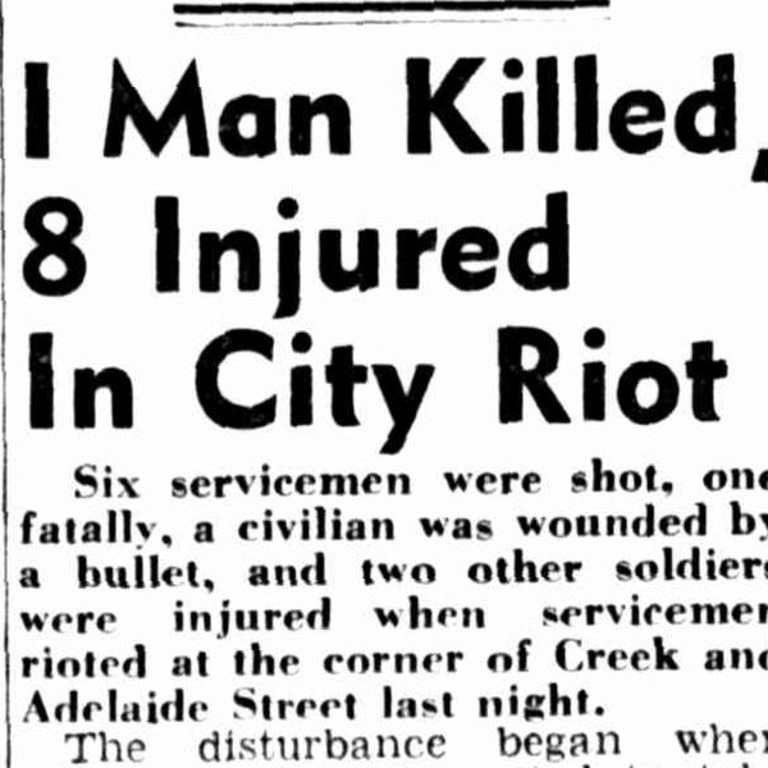
While newspapers in the United States stayed silent, the Brisbane Telegraph reported the Battle of Brisbane, as did “The Murrumbidgee Irrigator’’ in NSW which devoted about six pars to the brawl the day after it happened.
The story ran down low on page two and on the same day (November 27) the Rockhampton Morning Bulletin ran an extended version of the same story on page one, though again well down the page.
Given newspapers can often provide the first (and, occasionally, the best) draft of history, it’s worth repeating the story here with the dateline “Brisbane November 26”.
“Several servicemen were shot, one fatally, a civilian was wounded by a bullet, and two other soldiers were injured when servicemen rioted at the corner of Creek and Adelaide Streets, city, tonight.
“The disturbance began when military police attempted to take a soldier in charge.
“Other soldiers are alleged to have interfered, and they claimed that one of their number was struck with a baton.
“Police were called from all stations and off leave and the Commissioner of Police took charge.
“The shooting occurred when soldiers rushed military police carrying riot guns and rifles while they were on duty outside the American canteen. The disturbance lasted for three hours.
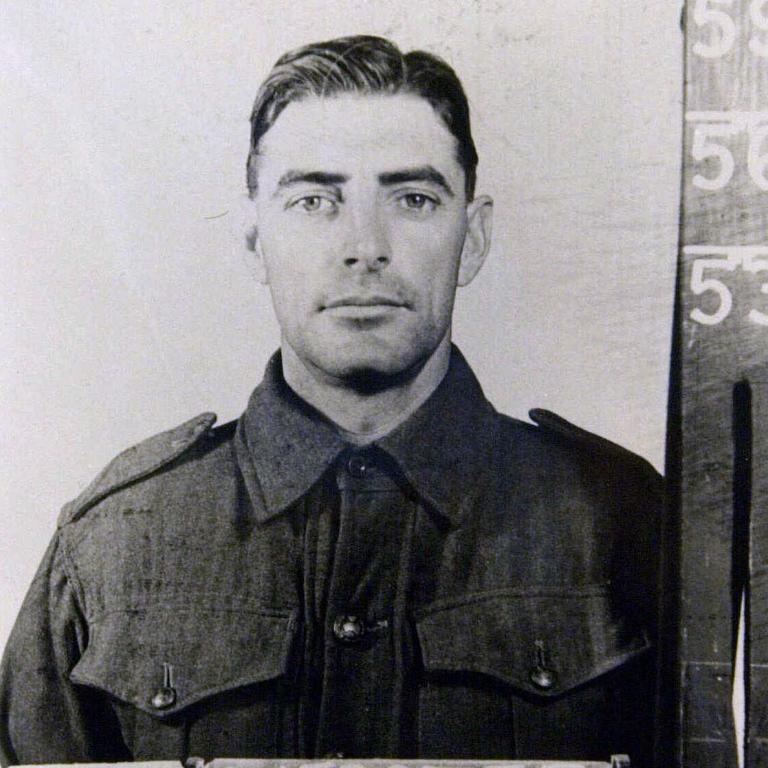
“Pieces of timber and stones were hurled.
“Early in the brawl three fire engines turned out and the crowd, thinking that hoses would be turned on them, broke away, but the engines returned to their stations as the position appeared to be well in hand.’’
Celebrated ABC journalist John Hinde, who was the first Australian journalist to send back dispatches from the Pacific Theatre and who was staying at a hotel overlooking Creek St that night, later described the brawl as “the most furious battle I ever saw during the war.’’
What is clear is the murderous intent of the participants. One Australian, Gunner Edward S. Webster, 31, was killed while the wider violence was recorded perhaps most eloquently in the casualty list:
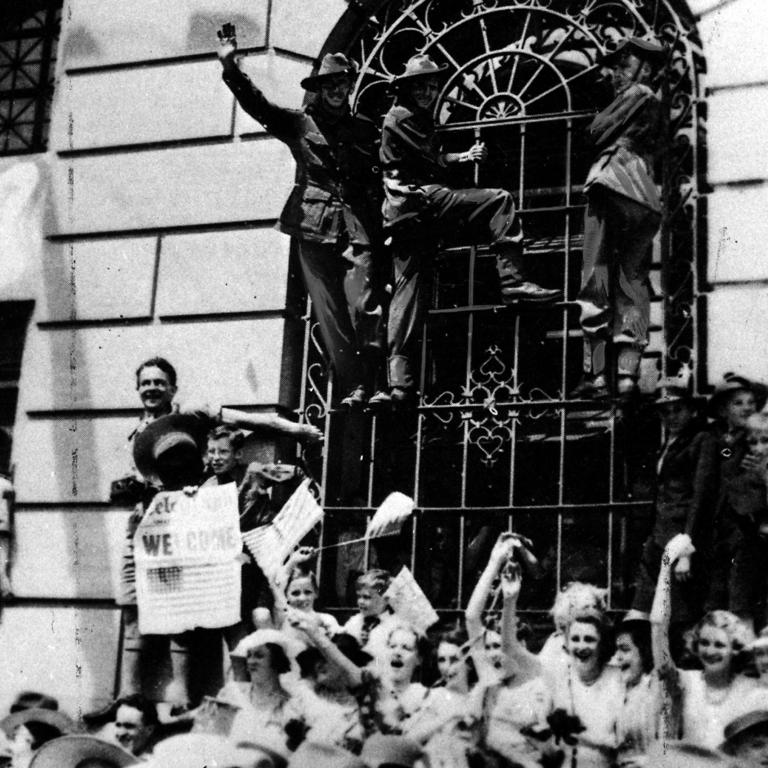
One soldier (whether American or Australian is not recorded) had a puncture wound in the chest, another a bullet wound in the left thigh, another a gunshot wound in the right leg, another a gunshot wound in the left thigh, another soldier had a gunshot wound in the left hand and one solder, aged 18, was left with a bullet embedded in his right leg. That the Allied powers fighting the Axis powers of Nazi Germany, Fascist Italy and Imperial Japan in the greatest and most consequential military contest the globe has ever witnessed could suddenly engage in a civil war, however brief, must have been deeply alarming to military commanders.
The original explanation as suggested in the Rocky Bulletin’s copy and further fleshed out in some excellent books on this matter is that a drunk American soldier started talking to some drunken Australian soldiers when the American was approached by American military police who demanded the American show identification papers.
When the American fumbled in retrieving his papers, an impatient American MP whacked him with a baton.
The drunken Australians _ their egalitarian spirit possibly burnished by the intake of several stubbies of XXXX _ took offence at this unfair treatment of their new-found friend and began beating up the American MPs which then led to an all-in brawl.
The back story was that Australian servicemen were already deeply envious of their American allies who received higher pay, had access to cheap cigarettes and luxury items like ham and chocolate and possessed an aura of charm and sophistication underwritten by the rapidly emerging motion picture industry – Clark Gable had an American accent.
Romances between Australian women and American servicemen were leading to engagements and marriages in what developed into the Australian war bride syndrome which saw many Australian women relocate to the US with their American husbands in the post-war years.
Australian men were jealous that “their women’’ (an intolerable phrase today but freely in use then) were partnering up with American men and the brawl may have provided a licence for some to assuage their anger by punching an American.
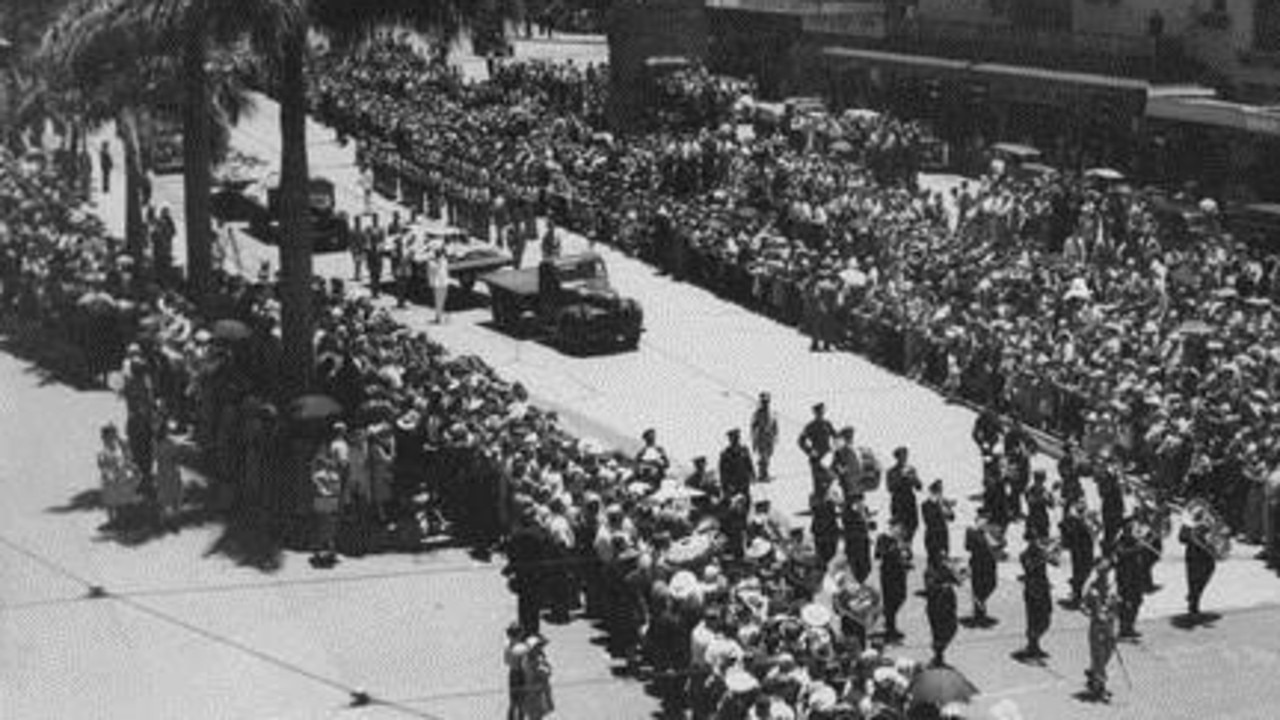
There are also suggestions that racism played a role. It is widely recognised that the Brisbane River provided a sort of colour bar for African American servicemen in war- time Brisbane where up to 80,000 troops were at one time stationed under the command of General Douglas MacArthur whose office was on the corner of Queen and Edward streets.
The African-Americans were supposedly kept to the southern side of Brisbane, but that arrangement was believed to be largely policed by the Americans themselves, and reflective of their own military apartheid where black units were largely separated from white units until around 1948.
In January of 2017 America’s Central Intelligence Agency, under the Obama administration, released some documents which showed clearly there had been intelligence concerns about the Battle of Brisbane.
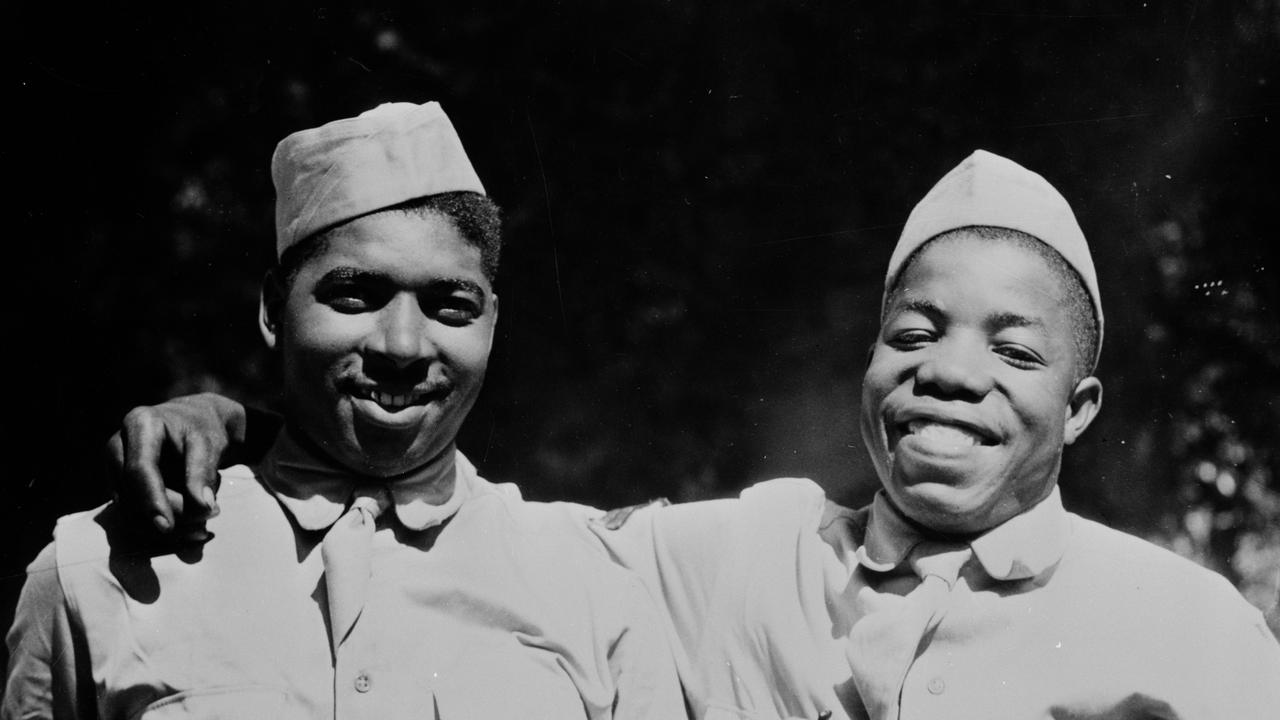
The papers referred to the sending of African American troops (who were said in the CIA papers to have done an “excellent job’’) into Australia as possibly a “psychological error’’ on America’s part.
Australia was still under the influence of the White Australia policy and some Australians were “resentful” that Australian women would socialise with African-Americans, the papers said.
Eighty years have now passed since that night and the shadows of the entire war are fading from living memory as those who served are reduced to a handful.
The Battle of Brisbane has not yet prompted a Hollywood movie but its now rather contemporary themes could prove too hard to resist in the decades ahead.
Hopefully the script will provide a small character role based on Sir John Beals Chandler.




